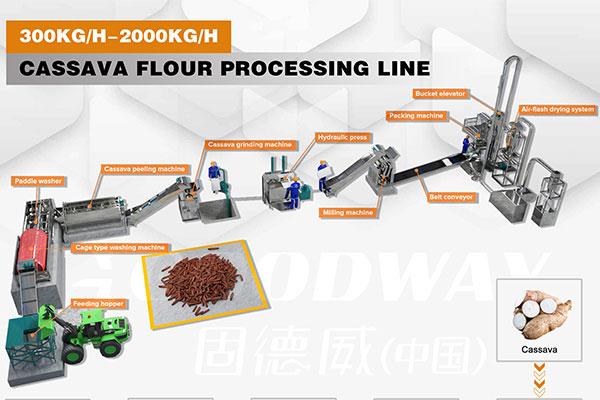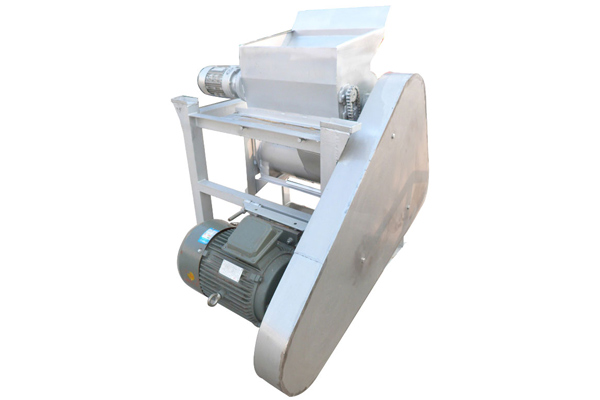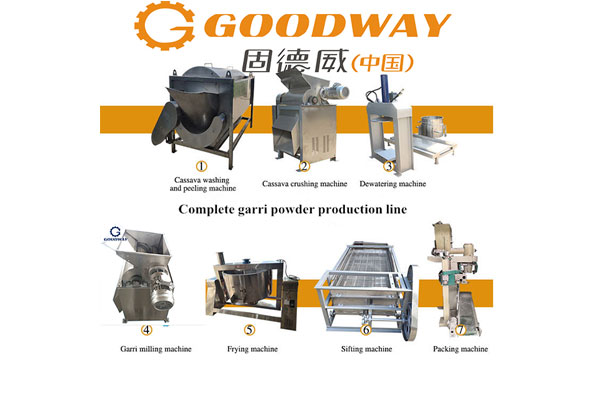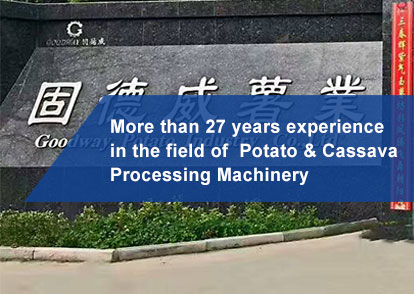The cost of energy is an important aspect of starch processing and tuber vermicelli processing. As China's environmental requirements become more stringent, low-priced coal can no longer be used in general places. Among the current forms of energy supplies, oil, electricity, natural gas, and biomass fuels are used more frequently and extensively.
Cost control is a matter of vital interest for starch and vermicelli processing companies. In the starch, flour, and tuber vermicelli processing industry,
automatic cassava starch processing equipment requires sufficient power to keep machines running smoothly. However, some energy supply methods have high input and maintenance costs, so they are not suitable for most common starch deep processing enterprises. The following is a contrastive analysis of the costs of these different energy supply methods, helping you choose a cost-effective and reasonable energy supply method in the actual processing of starch and starch products.
The most adopted heating method is boiler heating. However, it has a heat loss problem, mainly composed of several aspects as exhaust heat loss, gas incomplete combustion heat loss, solid incomplete combustion heat loss, boiler heat loss, ash physical heat loss. The main one is smoke heat loss. So the thermal efficiency of several heating methods is different.
|
Cost analysis of several different energy supply options
|
|
Name of boiler
|
Electric steam boiler
|
Fuel-fired steam boiler
|
Gas Steam Boiler
|
Coal-fired steam boiler
|
Biomass Steam Generator
|
Electromagnetic hot air stove
|
|
Fuel
|
Electricity
|
Diesel
|
Natural gas
|
Coal
|
Biomass particles
|
Electricity
|
|
Heating
|
860kcal/kw
|
10000kcal/kg
|
8000kcal/m³
|
5500kcal/kg
|
3600kcal/kg
|
860cal/kg
|
|
Fuel prices
|
0.6yuan/kw
|
8yuan/kg
|
3.41yuan/m³
|
0.86yuan/kg
|
1.0yuan/kg
|
0.6yuan/kg
|
|
Boiler thermal efficiency
|
0.95
|
0.85
|
0.85
|
0.7
|
0.73
|
0.97
|
|
Steam consumption/ton
|
734.3kw
|
70.5kg
|
88m³
|
153kg
|
228.3kg
|
719.2kw
|
|
Steam cost/ton
|
440
|
564
|
300
|
131.58
|
228.3
|
431.5
|
|
Comprehensive comparison
|
High prices.
Easy to operate.
Need Boilermakers.
|
High prices.
Energy scarcity.
Easy to operate.
Need Boilermakers.
|
High prices.
Energy scarcity.
The cost of opening a pipeline is high.
Easy to operate.
Need Boilermakers.
|
Low price.
Energy scarcity.
Seriously polluted.
Prohibited by the Chinese Government
|
Less expensive.
inefficient and
Need a vacuum cleaner.
High cost of environmental treatment.
|
High prices.
Easy to operate.
|
To produce 1 ton of steam, 600,000 calories are required. 1 cal = 1000 cal = 1000 x 4.18 = 4180 joules, 1 megajoule=239.234Kcal.
1. Electricity [1 degree =10 million watts/hour (kW/h)]. Industrial electricity prices range from 0.27-0.9 yuan/kWh (the peaks and the valleys change daily), with an average of 0.6 yuan/kWh, and agricultural electricity prices are generally less than 0.5 yuan/kWh].
1 kWh of electricity can be fully converted into thermal energy of 1000×3600=3600000 Joules. 3600000÷4180=861.24Kcal. The thermal efficiency is about 95%, so 600000÷(861.24×0.95)=734.3 kWh, at a cost of 733.4×0.6 Yuan/kWh=440 Yuan (estimated).
Larger electrically heated steam boilers are pressure vessels and require specialized boilermakers. Due to their high electricity consumption, they are not suitable for general-scale processing plants. For small processing plants, steam generators can be used because they require less steam pressure and less consumption. Since it is not managed according to the pressure vessel and does not need professional stoker, it can be used nearby, which not only reduces management cost but also reduces heat loss. Also, it is safe to use. Factories that need high temperatures can use electromagnetic hot blast stoves for a more convenient energy supply. But pay attention to the quality when laying the electric equipment in the early stage. In actual production, if the power supply is stable, the later maintenance will be more convenient.
Note: the price of electric power varies in different provinces and cities, in accordance with the State Grid regulations.
2. Natural gas [price fluctuates between 2.7-4.5 yuan / m³ (seasonal reason), with an average of 3.41 yuan / m³].
Also, many factories use natural gas as an energy supply. The average price of natural gas is 3.41 yuan / m³. The calorific value of natural gas is 8000 Kcal / m³, and the thermal efficiency of natural gas is 85%. Therefore, the natural gas used to produce one ton of steam is about 600000 ÷ (8000 × 0.85) = 88m³, with a total of 88 × 3.41 = 300 yuan (estimated).
The operation of the natural gas boiler is more convenient than that of a coal-fired boiler, but it also needs professional boiler workers. At the same time, the price of natural gas is high and unstable. Besides, the cost of pipeline laying and account opening is high, and there are some hidden dangers in use.
3. Biomass fuel (taking peanut shell as an example)
Businesses in a small part of the country will use biomass fuel for energy, but they generally require larger furnaces, typically using 4-10 ton boilers. Peanut shells have a calorific value of 3,600 Kcal and a supply energy utilization rate of about 73%. 600000÷(3600×0.73)=228.3kg of peanuts for the production of 1 ton of steam. The price of peanut shells is 1 yuan/kg, and the total is 228.3×1=228.3 yuan (estimated).
If we only compare the final estimated prices, it looks like biomass fuel is the most cost-effective. But in the actual production process, biomass boilers also need to be accompanied by efficient cloth bag dust collector, with high environmental investment processing costs. A professional furnace engineer is also required, as well as the corresponding water treatment equipment and management personnel. So the cost of this type of energy supply is actually not low.
After a comprehensive comparison, local enterprises should choose the applicable energy supply method according to the local government regulations, and combined with their own processing scale, processing technology, and the energy requirements of the equipment. Thus, this reduces inputs and production costs.

 EN
EN
 fr
fr  es
es  it
it  pt
pt 







